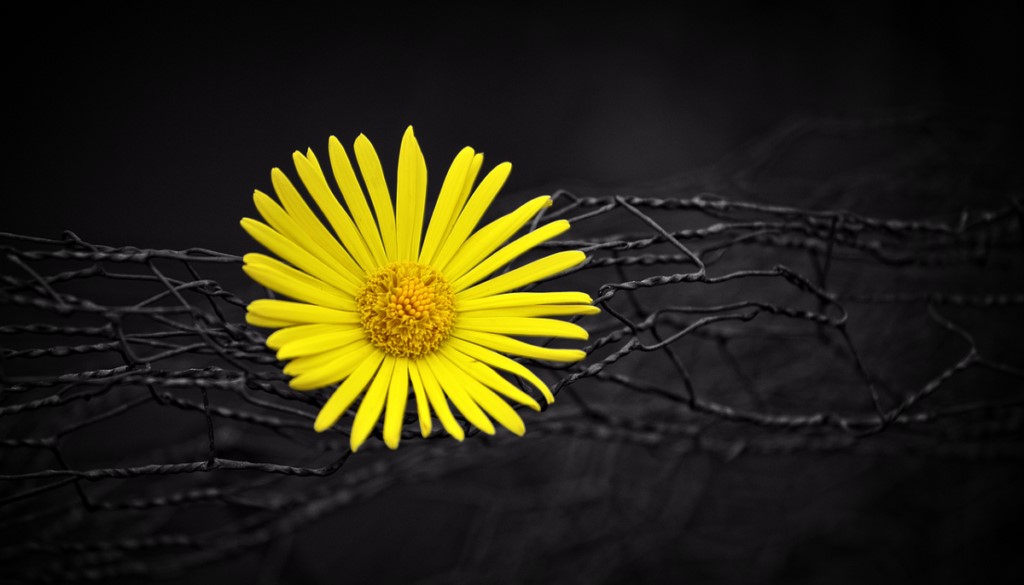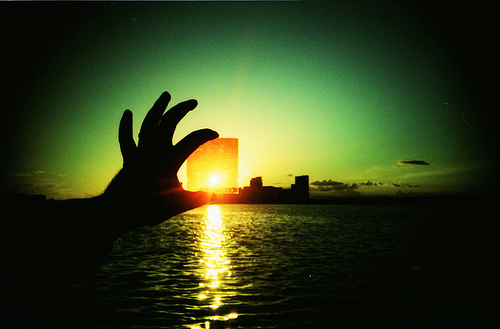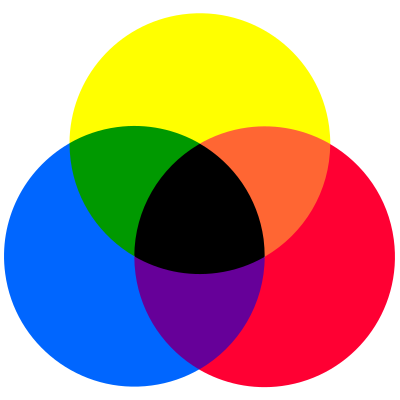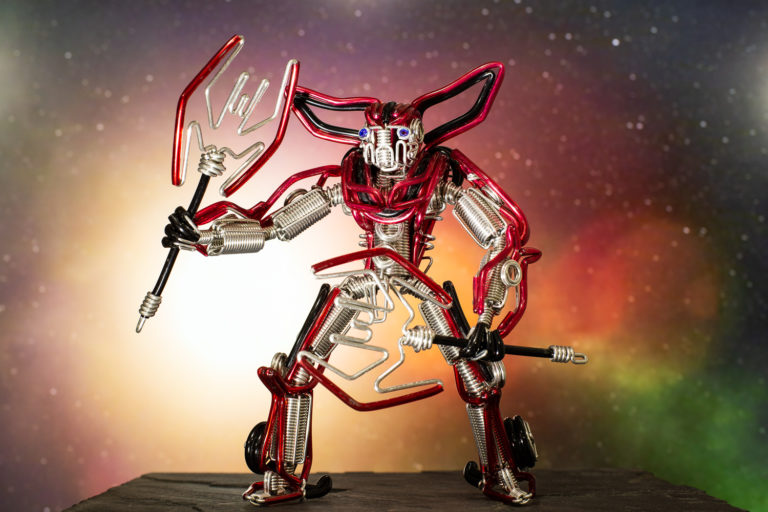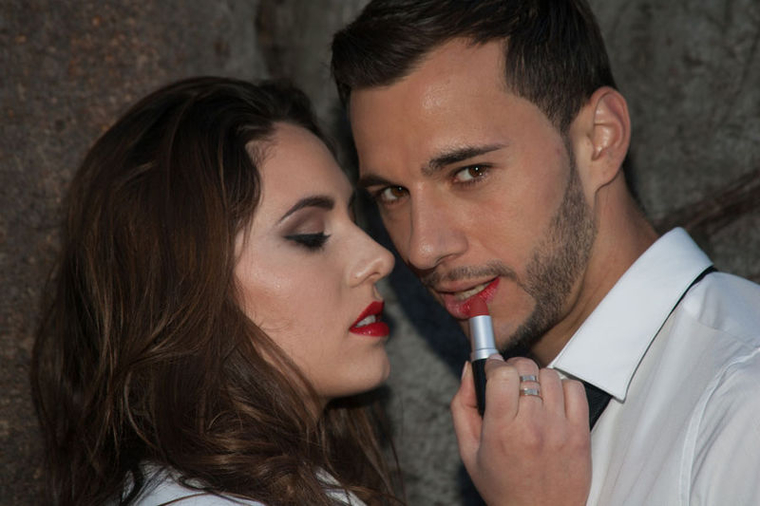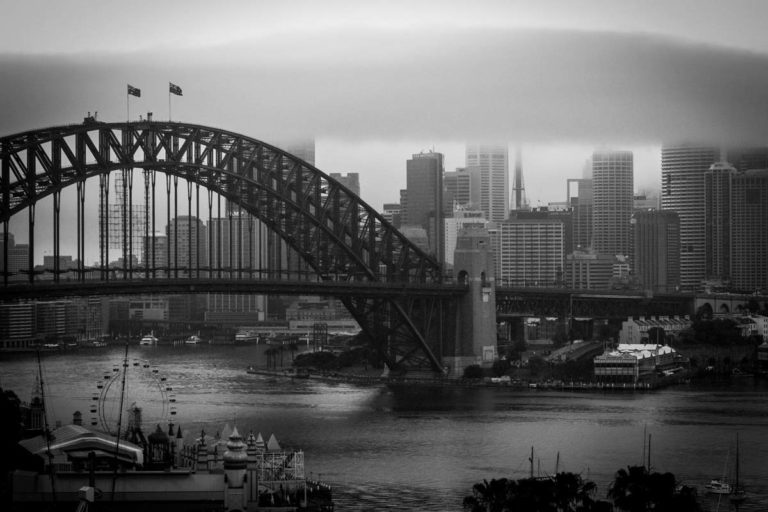Colour Vs. Black & White Photography
You: Colour photography or black & white photography?
Me: Well, it depends…
You: Depends on what?
Me: On many things…
You: Oh, come on! That’s not very helpful!
There are many reasons you would chose either colour or black & white photography, with the main reason being your personal preference.
But if you’re undecided, then let’s really get into the pros and cons of both, why one is easier than the other (read on to find out which one!), and how Australia itself really offers you opportunities for amazing photography.
A History of Black & White through to Colour Photography
If you consider the roots of photography, it was all monochrome. Or, in colloquial terms, black and white (or various shades of brown).
Even when colour film became available it failed to gain popularity over black and white. There were two main reasons for this:
- Firstly, colour film was much more expensive, which meant trial & error was costly. Consider how many photos you delete from your digital camera – that wasn’t an option back then, as every time you pressed a shutter there would be a real monetary cost.
- For many years the more classic black and white look was favoured, which left colour photography less fashionable as well as being more costly.
When photographers began to explore the use of colour film in the mid nineteenth century, long exposures were required. Some photographs required an exposure spanning days, just for one image. Can you imagine?
Another problem faced by technicians was it was very difficult to prevent the colour fading shortly after white-light exposure.
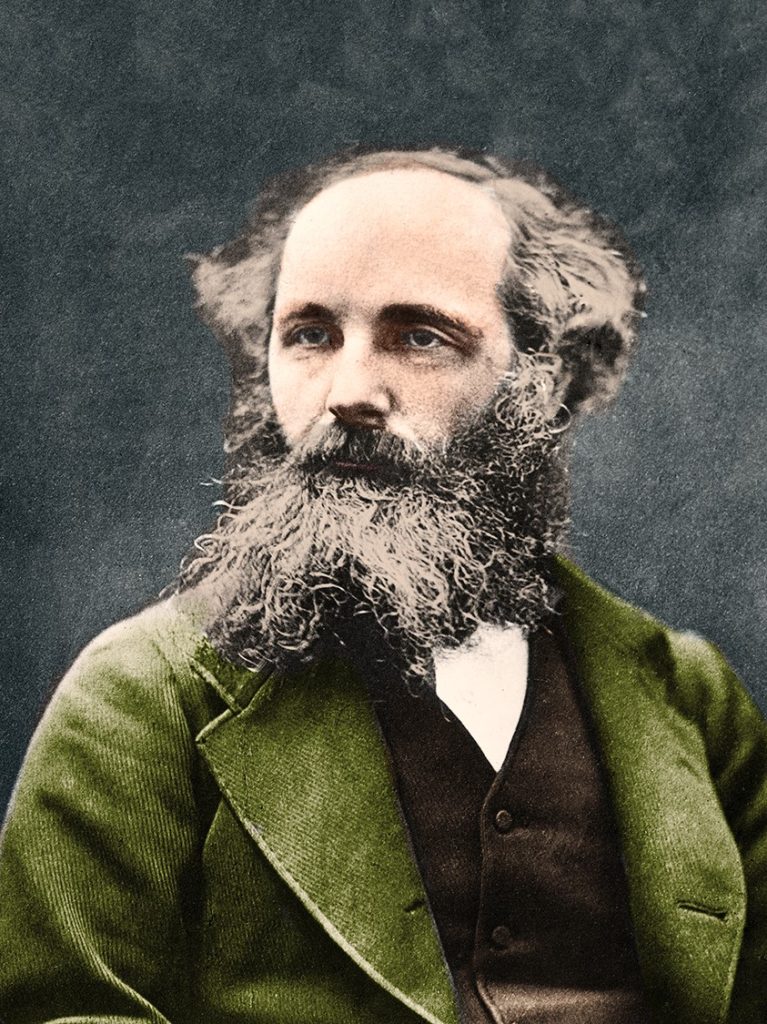
I bet you’ve never heard of Scottish mathematician James Clerk Maxwell, who was a pioneer of early colour photography. Before passing away in Cambridge, UK, at the age of 48 in 1879, he was able to demonstrate using spinning tops how white light would result from a mixture of green, blue, and red light. Clever stuff, don’t you think?
In 1961, Maxwell managed to perfect the first permanent colour image using a three-colour-separation principal. This scientific breakthrough paved the way for the colour photography of today!
A little over 100 years later, the first instant colour film was introduced to the market by Polaroid, which gave the photographer a complete colour image only a minute after taking the photo.
Instant colour film completely changed the photography trend, and the long-standing preference for black & white swayed completely to colour. For many years, black & white photography took a back seat.
Why is Black & White Photography better than Colour Photography?
As a photographer I was very drawn to black & white for many years. I confess these days I find it a little clichéd, which is why most of my photographs today use colour. That said, if you’re developing your skills as a novice or amateur photographer then opting for black & white can really help you focus on light – one of the most important aspects of a professional photograph.
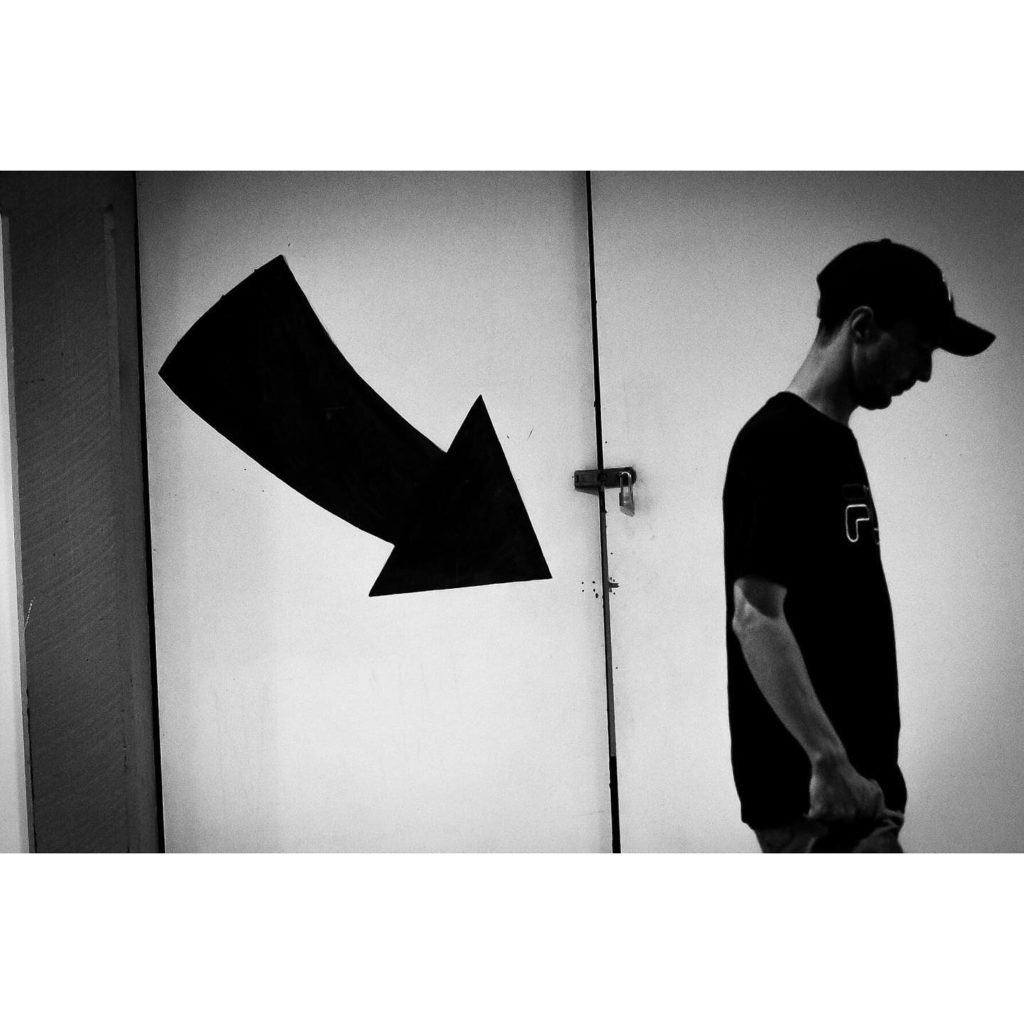
While black and white or colour in photography might boil down to personal preference, below are some good reasons why you may consider black & white better than colour photography:
- Black & white photographs give the illusion more skill was required. It’s surprising how a colour photograph can look mundane and uninteresting, yet if you convert it to black and white (such as in Lightroom) then it instantly becomes more appealing. It’s one of my photography hacks – if one of my colour photographs doesn’t cut the mustard, I see if it works in black & white instead. Sometimes it works very well.
- Shooting in black & white is an excellent way to develop your awareness of light and shadow, or to use a hashtag – #huntingthelight. By taking colour out of the equation you’re left to concentrate on other skills, so not just light but also composition. I’ll sidetrack a little with another of my photography mastery hacks – use a fixed lens. When I’ve taught photography groups I often observe even seasoned photographers standing in one spot, rotating, and zooming in and out. This stops you finding the best composition, best framing, and best light. Colour also distracts you from developing a feel for shape and form.
- Just like gothic architecture, black and white photography adds more drama, especially if you add a little more contrast in post edit. It’s always worth comparing your favourite photographs in both colour and black & white – which looks best to you? I highly recommend Adobe Lightroom for this as you can compare an original colour to black and white side by side, and it’s as simple as clicking a little “switch” button.
- When shooting black & white, finding scenes with a lot of contrast between light and shade can easily offer an appealing or stunning photograph. Our eyes are drawn to light, which means a strong contrast between light and shadows is a powerful tool which is far easier to master with black & white over colour. Australia is fantastic for this as the bright sunshine and clear skies give an excellent contrast between light and shadows. I’ve worked as a street photographer in both Australia and the UK, and all I can say is finding good light and contrast in England is much much harder.
- Black and white works well for portrait photography because it evens out skin tones and makes blemishes less conspicuous. Light and dark will also add a great deal of drama to a portrait.
Next I’ll cover why colour photography is better than black and white, so keep reading so I can confuse you a little. By now you probably have your heart set on black and white.
If you’ve already made up your mind, then I’ll leave you with the following great quote from legendary photography Ted Grant, considered the father of Canadian photojournalism:
“When you photograph people in colour, you photograph their clothes. But when you photograph people in black and white, you photograph their souls!”
Ted Grant, Professional Photographer
Why is Colour Photography better than Black & White Photography?
If you’ve read the above section on the benefits of black & white photography over colour, then you’re probably wondering what benefits colour can offer.
I said before, black & white has become somewhat clichéd in recent years. This has especially been the case in my preferred field of street photography due to the excellent black and white filters of cameras such as the Ricoh GRiii and Leica Q2 Monochrome.
When you follow photography for a number of years you realise how much people follow trends. This is especially the case these days because of YouTube influencers who promote a particular camera and style. Whatever style of photography you prefer, combined with the camera you prefer, will offer a you a handful of YouTube influencers which most people in your field will follow.
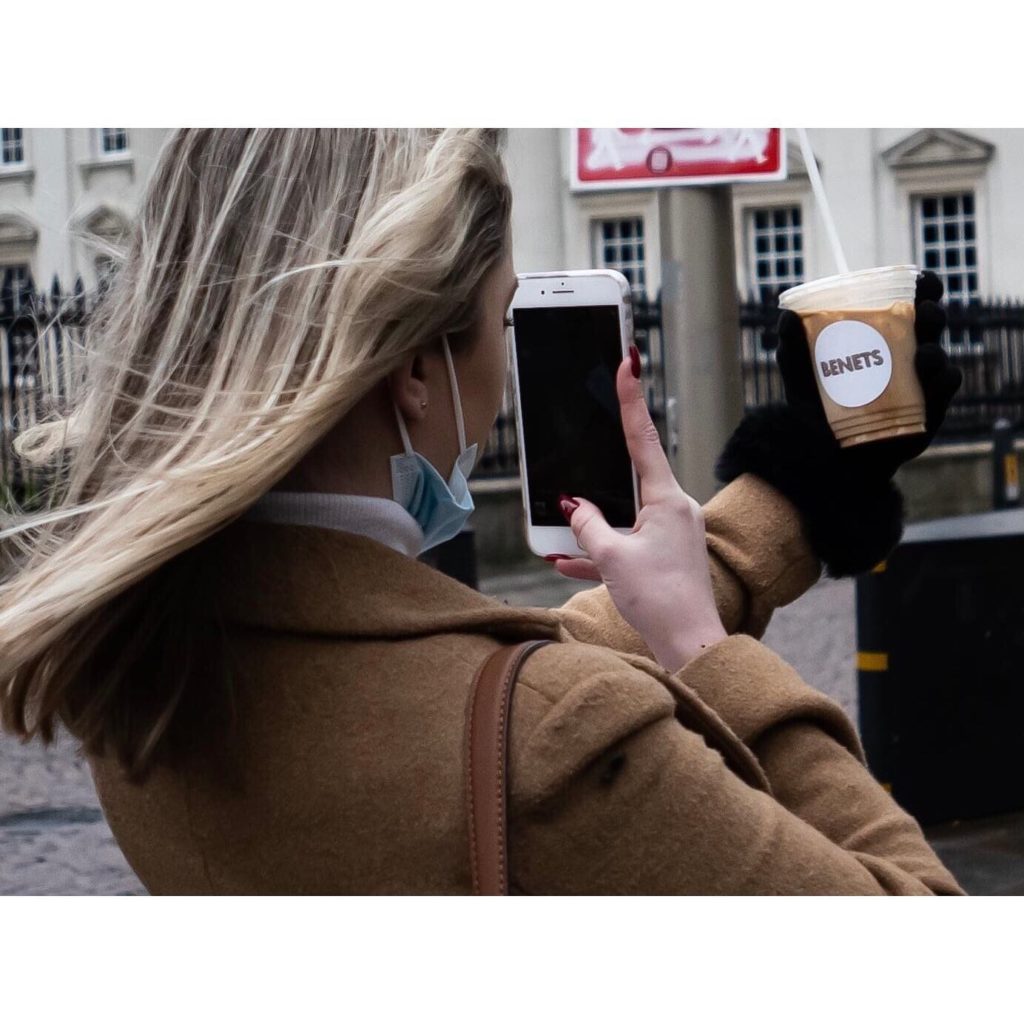
As a photographer I always recommend breaking the mould, or breaking the trend. This is why most of my photographs have been colour.
Let’s take a look at some of the reasons you would chose colour photography over black and white:
- Colour photography by nature can have more vibrance, more life, and more dynamicity. I spoke earlier of the benefits of black & white in terms of developing awareness of light and composition, but these skills can be used for colour photographs as well. In fact, once mastered, these skills can make your colour photographs even more appealing than black & white. The caveat, I find, is good colour photography is harder to master than black & white as a “quick win”.
- Colour can give a greater sense of realism to a photograph because it’s more inline with what our eyes see. As a photographer do you want your images to reflect real life in colour, or be more arty farty black and white?
- One of the points I made earlier about contrast in black and white photographs also applies to colour. It’s much harder to achieve with colour, but also much more rewarding. With black and white you learn to focus on light and dark, highlights and shadows, but with colour you learn to focus on a strong contrast in colour between a subject and their surroundings. Imagine a lady in a red dress with a red umbrellas walking through a grey urban Sydney street on a rainy day, or a beautifully coloured bird with a subtle blurred brown and green backdrop. When you capture such contrast in colour you’re onto a winner.
Which do you prefer? Colour or Black & White?
For homework, I want you to take a look at my photos (mr.28mm on Instagram) and see how I use black and white and colour, and the differences in composition, framing, contrast, light, and shadow. Make sure you follow me too! (Yep, that’s a plug!)
I’ll finish with a quote by Elliott Erwitt, known for his amazingly absurd and bizarre candid street and documentary photography. Yes, his work is predominantly black and white, but this quote should resonate regardless of whether you think black and white or colour photography is best:
“Colour is descriptive. Black and white is interpretive.“
Elliott Erwitt

